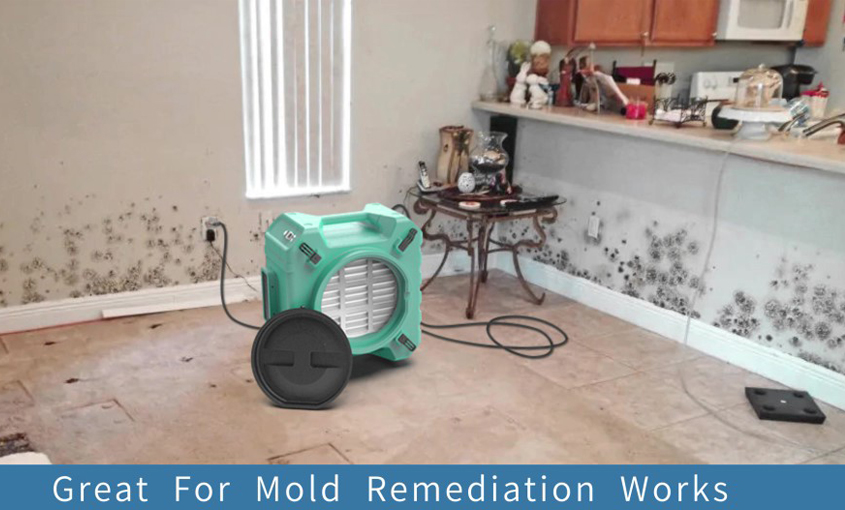The warmth and beauty of wood furniture add character and charm to any home. Unfortunately, wood can also become a breeding ground for mold growth, especially in damp environments. Mold spores are ever-present in the air, and given the right conditions, they can quickly colonize wood surfaces. This can lead to unsightly discoloration, unpleasant odors, and, more importantly, health problems.
This guide serves to help you tackle mold growth on wood. We’ll explore the dangers of mold exposure and equip you with a step-by-step approach for safely and effectively removing mold from your wood surfaces using readily available household items. So, keep reading to take control and restore the health of your home and belongings.
The Dangers of Mold Growth on Wood
Mold isn’t just an unsightly presence on your furniture; it poses a significant threat to your health. Inhaling mold spores can cause various respiratory problems, including coughing, wheezing, and irritation. People with allergies or asthma are especially vulnerable to these effects. In severe cases, mold exposure can lead to upper respiratory infections and other health complications. Besides health concerns, mold growth can also deteriorate the structural integrity of your wood furniture, causing it to rot and weaken over time.
When to Call in a Professional
While this guide equips you with the knowledge to tackle mold removal yourself, there are situations where seeking professional help is crucial. If the mold growth covers an area larger than 10 square feet, it’s best to call a mold remediation specialist.
Another instance that necessitates professional intervention is black mold, a particularly toxic species. Recognizing black mold requires training, and improper handling can spread harmful spores. If you suspect black mold growth, avoid disturbing it and contact a professional immediately. They have the proper equipment and expertise to safely remove black mold and prevent the health risks it presents.
Simple Household Solutions for Mold Removal
The good news is that you don’t need harsh chemicals or expensive products to remove mold from wood surfaces in most cases.
Several effective solutions can be made with readily available household items. This makes the process more affordable and accessible for everyone.
Step-by-Step Guide to Removing Mold Safely
Here’s a detailed breakdown of how to safely remove mold from wood furniture:
1. Gather the materials
Vacuum with a HEPA filter
Sponge
Warm water
Dishwashing detergent
Spray bottle
White vinegar
Borax (optional)
Soft-bristled scrub brush
Sandpaper (100 grit) [optional]
Rubber gloves
Safety goggles
Dehumidifier
2. Prepare the workspace
Put on safety goggles and rubber gloves to shield yourself from mold spores and cleaning solutions.
If possible, take the affected furniture outdoors for the cleaning process. This provides ample space and ventilation to minimize the risk of inhaling airborne spores. If outdoor cleaning isn’t feasible, limit airflow by turning off fans and closing doors and windows.
3. Vacuum the mold
Meticulously vacuum the moldy area using a HEPA filter vacuum. This initial step removes as many loose spores as possible, preventing them from spreading further. Dispose of the vacuum bag or canister contents in a sealed plastic bag and discard them properly.
4. Wash with soap and water
Prepare a soapy water solution using warm water and dishwashing detergent for painted or stained wood. Gently scrub the moldy area with a soft-bristled scrub brush. In some cases, soap and water might be sufficient to eradicate the mold.
5. Apply vinegar solution (optional)
If the mold persists after using soapy water, a vinegar solution can be used. Fill a spray bottle with white vinegar and spritz the affected area generously. Let the vinegar solution sit on the mold for about an hour to ensure effective removal. Afterward, wipe the area clean with a damp cloth.
6. Use a borax solution (for extremely moldy surfaces)
While bleach might seem like the go-to solution for mold removal, it’s not particularly effective for wood. The bleach can’t penetrate deep enough to eliminate the mold spores at the root. Borax, on the other hand, is a more suitable option for wood surfaces. Mix one tablespoon of borax powder with one cup of water to create a borax solution. Apply the solution to the moldy area using a soft-bristled brush and allow it to sit. The borax solution will eliminate the mold and help prevent future growth.
7. Allow the wood to dry completely
Once you’ve applied your chosen cleaning solution, allow the wood surface to dry entirely. You can use a dehumidifier to expedite this process. Only reintroduce furniture or other wood items back into your home once completely dry.
8. Sand the wood (if necessary)
If the mold infestation is severe and persists after the previous steps, sanding might be required. Sand the affected area using 100-grit sandpaper. Be careful not to sand excessively, as this can damage the wood. After sanding, vacuum the area thoroughly to remove dust and any remaining mold spores.
Preventing future mold growth
Mold thrives in damp environments. By controlling moisture levels in your home, you can significantly reduce the risk of future mold growth.
Address leaks and moisture problems: Fix any leaky pipes or faucets contributing to excess moisture. Ensure proper ventilation in bathroom and laundry areas to prevent moisture buildup.
Increase Ventilation: Open windows and doors whenever possible to allow fresh air circulation. Use exhaust fans in bathrooms and kitchens while showering or cooking to remove excess moisture.
Invest in a Dehumidifier: A dehumidifier helps regulate humidity levels in your home, creating an unfavorable environment for mold growth. Aim to maintain a humidity level between 30% and 50%.
Monitor Moisture Levels: Purchase a hygrometer to monitor humidity levels in your home. This way, you can take proactive measures to adjust the humidity if it starts to rise.
Dry Wet Surfaces Promptly: Don’t allow water to linger on surfaces for extended periods. Clean up spills immediately, and dry damp areas thoroughly with a towel or dehumidifier.
Store Wood Properly: Ensure proper air circulation around wooden furniture and other wood items in your home. Avoid storing wood against walls or in damp areas.
Conclusion
Mold growth on wood surfaces can be a nuisance, posing a health risk and potentially damaging your furniture. However, with the proper knowledge and readily available household items, you can tackle mold removal yourself in most cases. This guide equips you with the information you need to safely and effectively remove mold from wood, from identifying the source of the moisture problem to choosing the appropriate cleaning solution.
Taking steps to prevent future mold growth is paramount. By implementing simple strategies to control moisture levels in your home, you can create a healthy environment for yourself and your belongings. If you encounter extensive mold growth or suspect black mold, don’t hesitate to call in a professional for safe and complete removal.








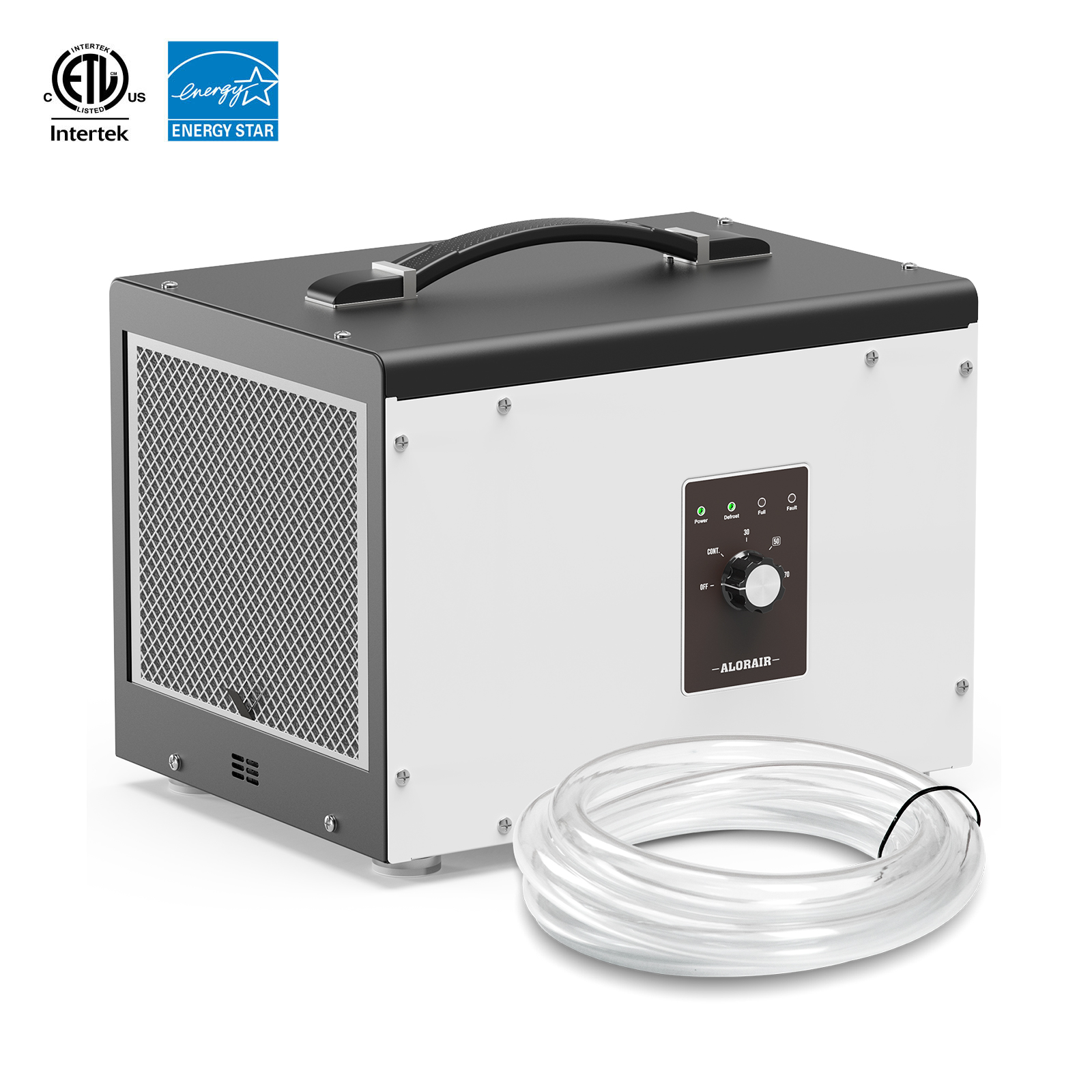
.jpg)
.jpg)

.jpg)
.jpg)
.HDi90.png)
.HD90.png)



.jpg)






.jpg)
.jpg)
.jpg)
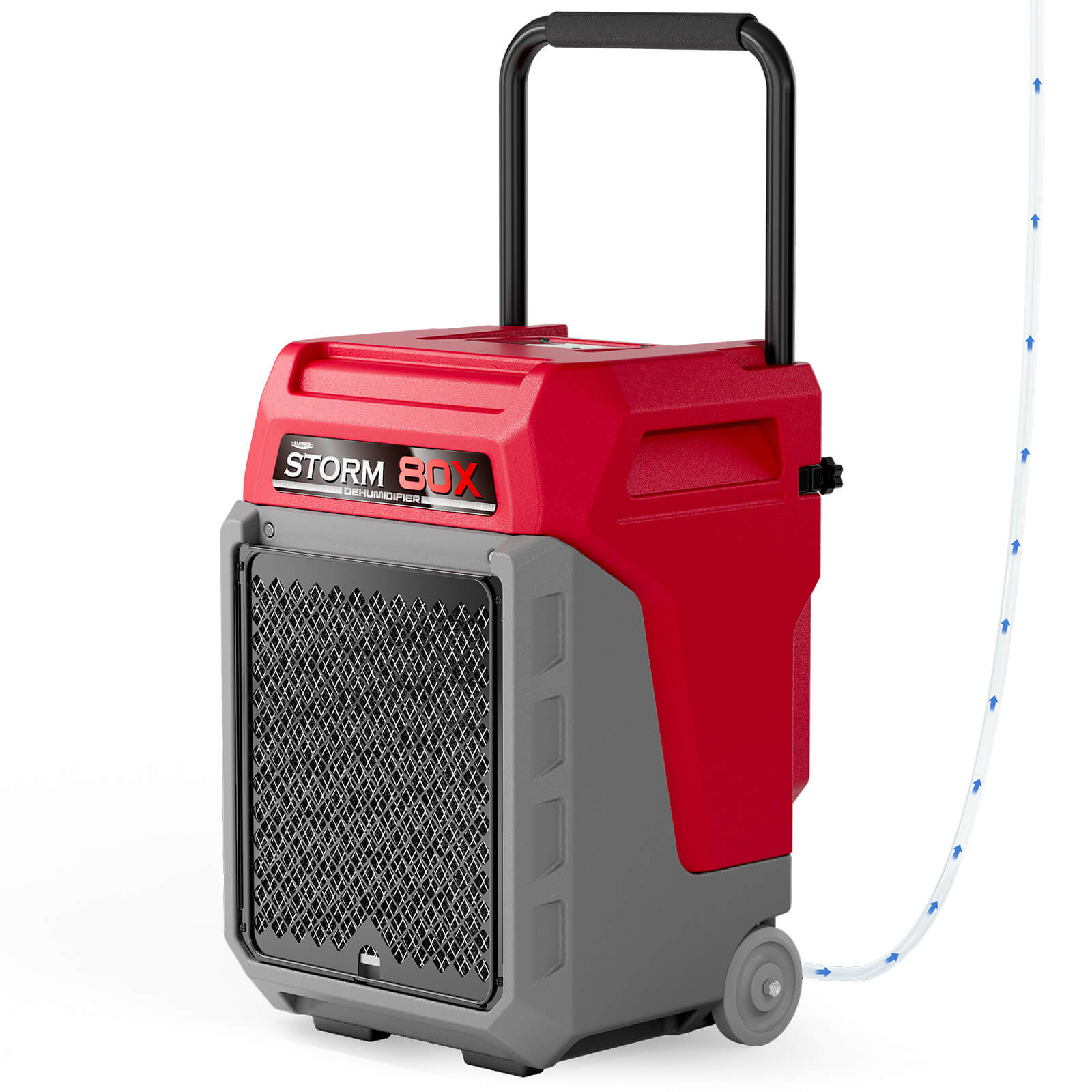


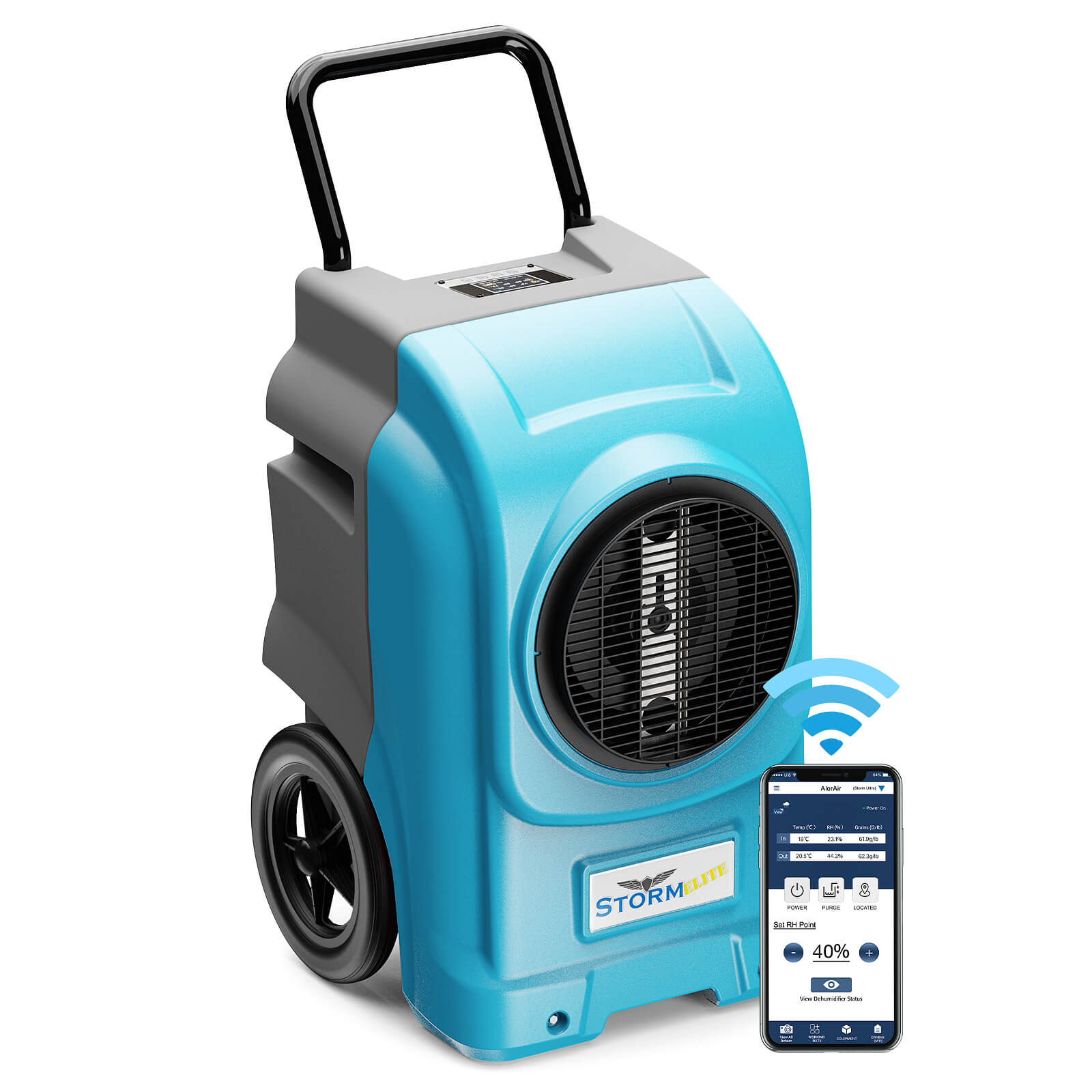

.jpg)
.jpg)










.jpg)
.jpg)








.jpg)
.jpg)










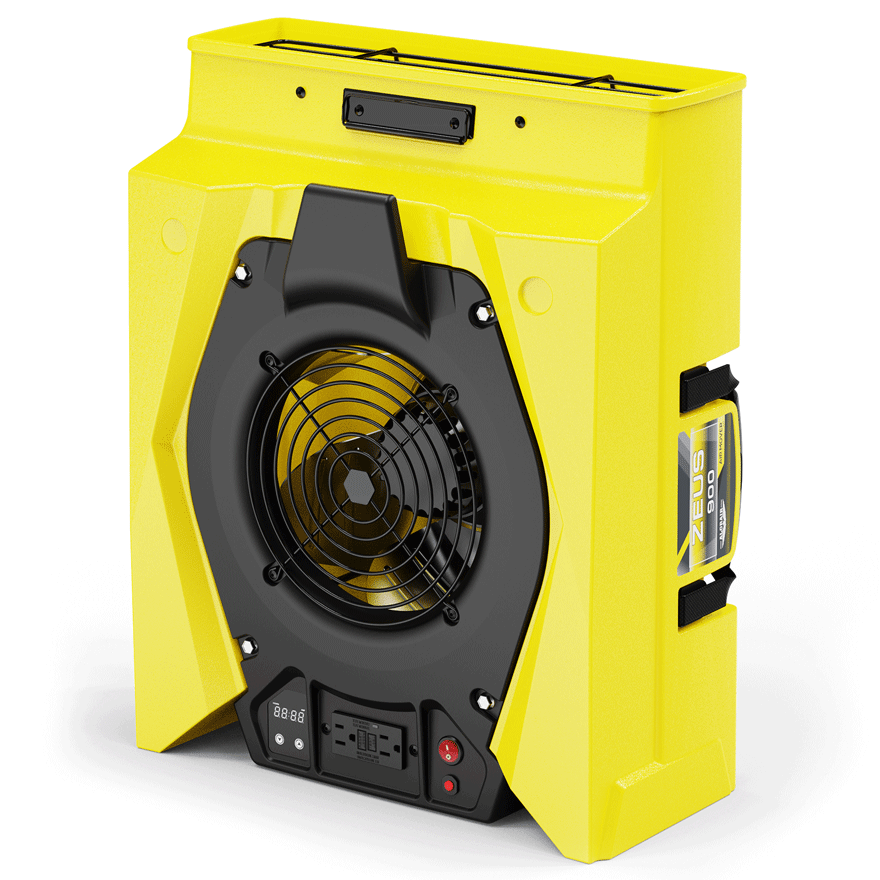
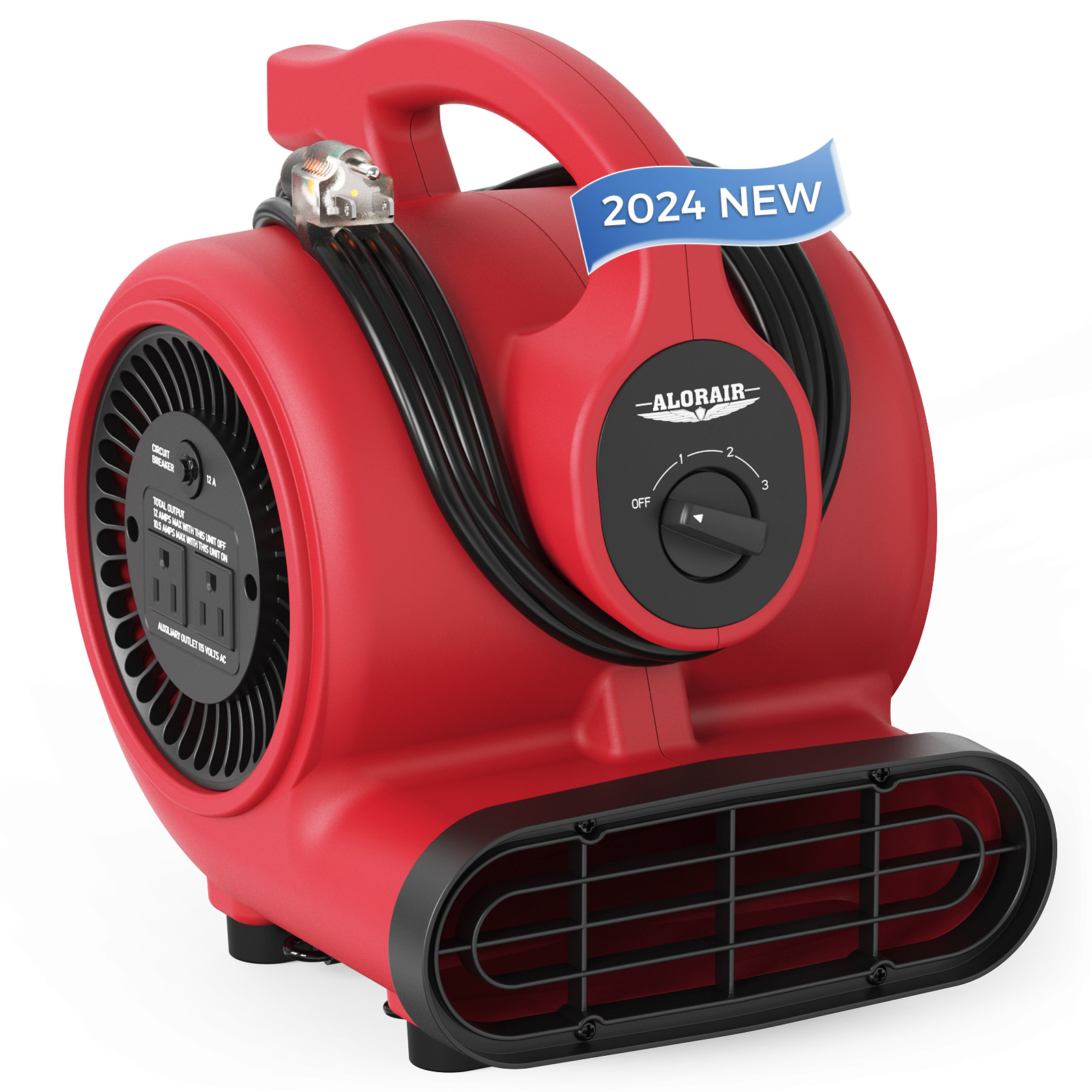
.jpg)
.jpg)
.jpg)
.jpg)
.jpg)
.jpg)
.jpg)
.jpg)
.jpg)
.jpg)
.jpg)
.jpg)
.jpg)
.jpg)





.jpg)
.jpg)
















-.jpg)
.jpg)

.jpg)
.jpg)



























 Exclusive offers
promotions
Exclusive offers
promotions

